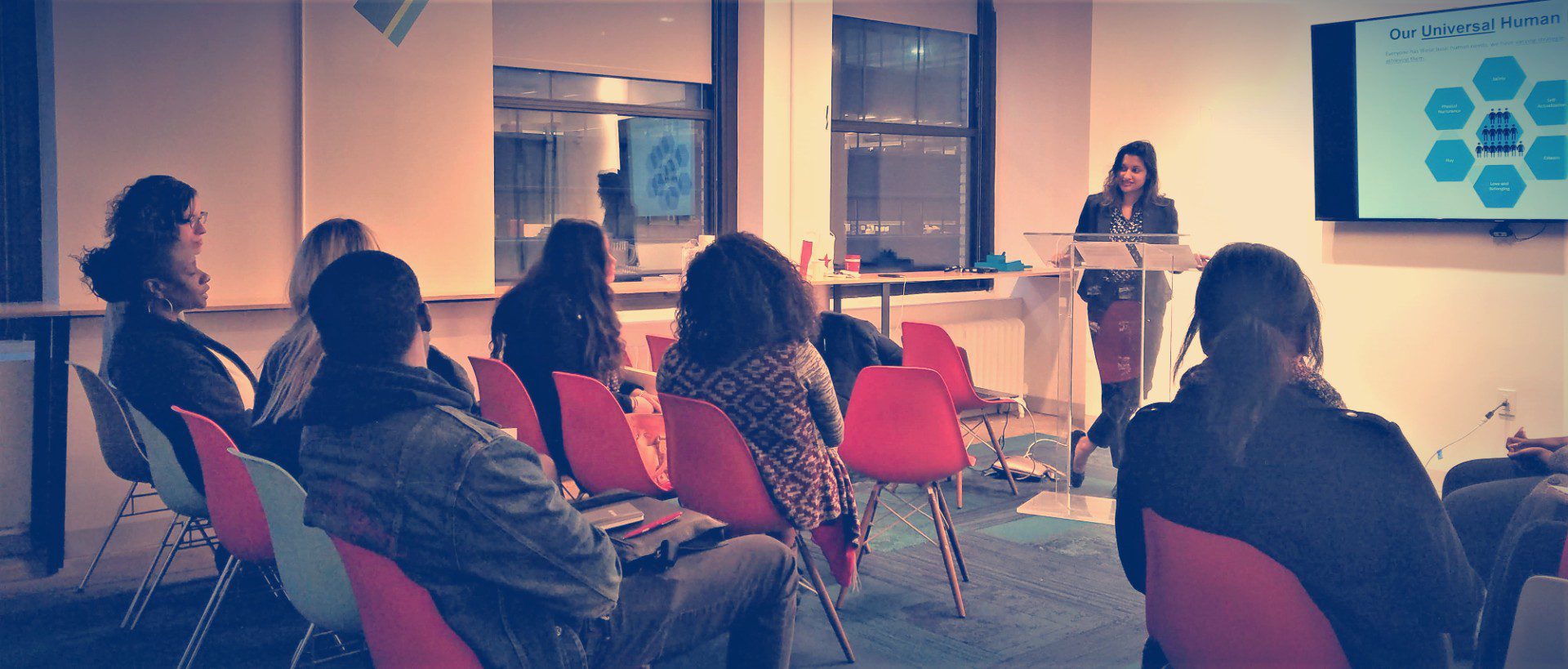The comedian Keegan Michael Key spoke recently regarding his personal experience with police discrimination. He claimed that despite being pulled over by the police often due to being Black, the officer typically recognizes him from his work and lets him go.
He believes that what makes him different, is that officers know a “story” about him. They associate him to what they have seen on screen, and so he becomes “humanized” in their eyes.
Let’s face it – our society and many of our organizations encourage us, in many ways, to see people not as humans but as numbers, by default. That is often how we learn to quantify our success – “How Many.”
For a cop: How many people did I pull over and give a ticket to?
For an individual: How many friends/contacts do I have?
For a sales team: How many customers bought a product?
And for a D&I team: How many minorities did we recruit and hire?
To some extent, analyzing from this vantage point is useful and efficient. But it can also be dangerous, if it’s the only vantage point. Because the downfall with this method of quantifying success is, of course, that we can sacrifice quality.
In the example of the cop – there is the risk of punishing the wrong individuals, who don’t deserve it.
In the example of the individual – there is the risk of having tons of superficial relationships and still, at the end of the day, being very lonely.
In the example of a sales team – there is the risk of not ultimately retaining these customers and even having to provide refunds, by not fully understanding their needs.
And finally, for diversity and inclusion, there is the risk of employee disengagement and attrition once hired, leading to poor operating efficiency.
So, quality gives us deeper information – the kind of information we need to retain that customer or employee, by really knowing them and understanding their needs. The kind of information a police officer needs to identify the right suspect beyond just choosing any black man. Quality gives depth and dimension to our data, so we make better decisions.
Diversity is not just a box to check.
The business imperative for diversity and inclusion is now well established by industry research. A Deloitte report noted that organizations with diverse and inclusive cultures were 6 times more likely to be innovative and agile, 8 times more likely to achieve better business outcomes, and twice as likely to meet or exceed financial targets. At the same time, a whopping 40% of employees in the US noted that they left their workplaces due to issues of discrimination and harassment.
Thus, a diverse and inclusive culture is not built only through recruiting and hiring a certain number of “minorities”. Over the past years, we have made major strides in people analytics and measuring diversity and inclusion in workplaces – but are we even measuring the right things? Or are we focusing too much on superficial indicators of D&I? These metrics tell us nothing about effectiveness. They tell us nothing about how people in the workplace FEEL. They tell us nothing about employee engagement, culture, and inclusion – which are key to employee retention and performance.
As I often mention, what feels to really be missing in the work of corporate D&I currently is the “soft stuff”: Empathy. Heart. Storytelling. Experiences. Truly appreciating the full value of the Human.
D&I Falls Flat When It’s All About Numbers
Thus, the approach to diversity ultimately falls flat if we are not including the human, subjective aspect. D&I is not only about fulfilling quotas or arbitrary checklists. It is not about following rules by the book and trying to assess each human being like a machine— no, that is what caused the problem in the first place.
For example, we cannot assess an Asian woman from a middle-class family in the suburbs in the same way we assess a Black man who grew up in the city. Simply giving them both an assessment to decide who is the best candidate may not the most effective means of finding the best candidate. No, we need to start by listening to their stories. Understanding why they want the position. Understanding what hurdles they overcame.
So yes, the approach to recruitment, in general, NEEDS to be biased. To crack the code of diversity and inclusion, there needs to be the combination of rules and protocol AND discernment, intuition, and curiosity.
For candidates to want to work with a company, they cannot be treated like robots and expected to perform tasks without the ability to ask questions. Rather, they need to be able to have real, two-way exchanges that respect their humanness.
And if a company claims to be all about people and culture, it cannot treat people like just a number or metric.

Diversity, Inclusion and Equity
Sambrita Basu’s article on the need for storytelling in D&I training is excellent. Her example on the qualitative approach and failure to include is something I have been observing for 20 plus years. Checking the box! How can white corporate America, understand the complexity of D&I? Breaking down D&I to its basic quantitative components and tying it to a federal/state mandated compliance mechanism, is a math exercise indeed, and in my opinion, deliberately removes the heart and sole of who we are from the equation. It makes the process more equitable on an application, and easier to process for most HR departments. The Accenture example makes that abundantly clear.
We have an opportunity to change the equation. To weave in the qualitative element “soft touch” of storytelling, to get the full measure the employee and/or candidate. We need to do start doing the “the uncomfortable” required to address the complexity of this issue to truly move the needle toward diversity, inclusion and equity in the workplace and our community. Storytelling and knowing the whole person builds immeasurable trust from the top down.